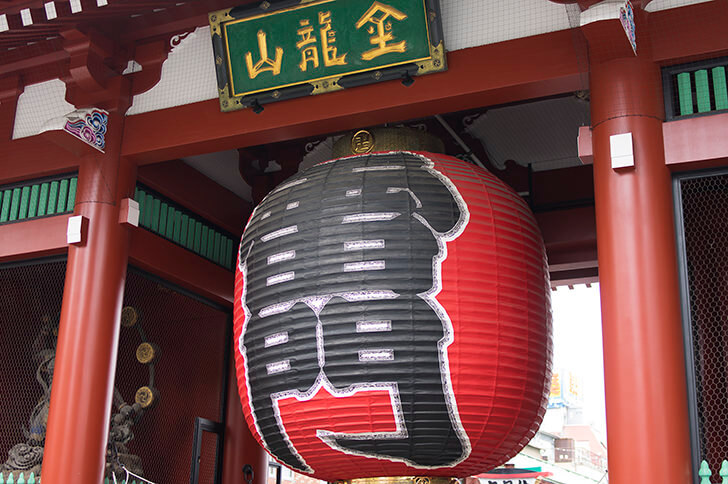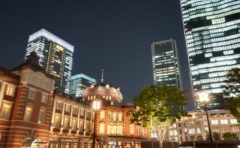Asakusa Oshima visited the weekend. How to fully enjoy Asakusa? Asukusa tour suitable for a little enjoyment of the weekend.
Tour of the classic temple
Sensoji temple
3-1, Asakusa 2 – chome, Taito – ku, Tokyo

Juzai-zan choukoku-ji
Tour of the classic shrine
Ushima Shrine
Asakusa _ Seven Lucky Gods Tour
google map Asakusa _ Temple Tour (Places of the Seven Lucky Gods are displayed with Torii icon)
Asakusa Shrine Ebisu
【Benefit】 Love treasure rich
【History and origin】
Tagoshima (Tokugawa Ieyasu) · Takeshi Shrine (Tokugawa Ieyasu) · Takeshi Shrine (Tokiwa Ieyasu) · Takeshi Takegashi (Hirokazu Tokinaga) · Masaru Takagi .
3-1 Asakusa 2 – chome, Taito – ku, Tokyo
Matuchiyama-Shoden (Honryu-in) Bishamonten
【Benefit】 Longevity, happiness
【history, origin etc】
Kagira six years (1063) Genji Ezeki · It is said that when Yoshiya Parents and Children were suppressed, Oshimizu Hachimangu Shrine of Kyoto was promoted to here and prayed, which is the beginning. It is said that in 1081 (Yoshiho first year), it went through the area at the time of Kiyohara Bukkake and the suppression of the family balance and won a prayer for victory.
1-5-22 Imado Taito-ku
Hashiba Fudoin Hoteison
【Benefit】 Peaceful peace, prosperous family
【history and origin】
Even during the Taika increase in the end of the Meiji era, the Great Kanto Earthquake, and the Tokyo air raid in March 1953, only one corner of the Hashidate centered on the Imperial Hospital has been victims of disasters and is still widely respected by the common people .
2-14-19,Hashiba,Taito-ku
Ishihama Shrine Jurokujin
【Benefit】 Longevity
【History and origin】
Although it can not be specified, the area here is said to have been where Ishihama Castle was, attracting attention.
Because it is enshrining the great god of Ise, it is said to be the Asahi Shinmei Palace.
3-8-58, Minami-Senju Arakawa-ku
Ootori Shrine Jurokujin
【Benefit】 Longevity
【History and origin】
The eagle shrine was known as “shimori” against the “otori” of Owashi Shrine, Hanahata Nanchome, Adachi-ku, Tokyo, known from the middle of the Edo period. Along with the separation of the Buddha and Buddha in the beginning of the Meiji era, it became independent eagle shrine from Chogokuji.
3-18-7,Sendobu,Taito-ku
Yoshiwara Shrine Benzaiten
【Benefit】 Beauty
【History and origin】
Among the gods in the shrine, rich in legends and anecdotes, prostitutes and gags, from gags and customers, gathered godly faith as a god with a profit of fortune-telling, marriage, and trading, often appearing in the Edo period are doing.
3-20-2,Sendobu,Taito-ku




















